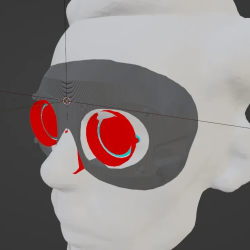If your memory of slot cars as a childhood toy is of lightweight controllers with wire-wound rheostats inside, then you’re many years behind the state of the art when it comes to competitive slot car racing. In that world the full force of modern electronics has been brought to keeping the car on the road, and as an example here’s [Maker Fabio] with a cutting edge controller that has an ESP32 at its heart.
It’s obvious that a huge amount of attention has gone into both the physical design of the unit and its software, and the result speaks for itself. The trigger sits on a proper bearing, and the sensor is a Hall-effect device on the PCB. The firmware was written in the Arduino IDE, and through the trigger and a rotary encoder all of its options can be configured on a small OLED display. Individual settings can be configured for each car, and we’re treated to a full explanation of this in the video.
We are told that the files for both software and hardware will be released in due course, as this is still a work in progress for the moment. The video meanwhile provides ample demonstration, so we look forward to the release.
It’s a surprise to find relatively few projects from the slot car world on these pages, given the amount of potential there is in them for electronic improvement. Here’s one from a few years ago though.
Continue reading “An ESP32 Delivers Perfect Slot Car Control”



















